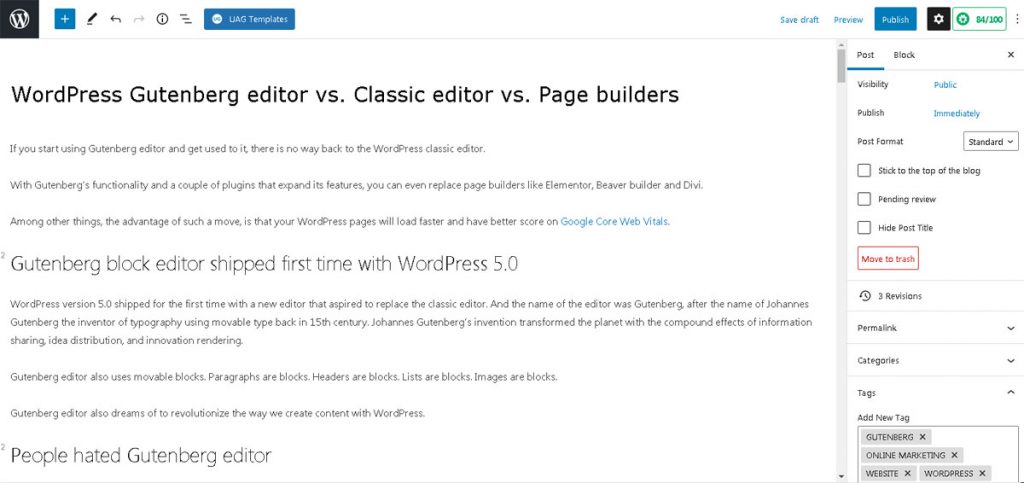Google Consent Mode v2 is the new version of Google Consent Mode. Its implementation is mandatory for all websites in order to comply with GDPR requirements and to enable websites to collect valuable data on their use and user behavior, despite the restrictions imposed by the GDPR!
Despite its mandatory nature, we believe that the implementation of Google Consent Mode v2 should be done by all businesses that maintain a professional website. This way they will be in line with the European GDPR legislation, but at the same time they will not lose the recordings of valuable data about the use of their website by visitors.
But before we talk about Google Consent Mode v2, let’s recall what Google Consent Mode is.
What is Google Consent Mode?
Google Consent Mode is a feature offered by Google that helps website owners manage user consent for tracking and analytics cookies.
It allows websites to tailor how they use Google Analytics and other Google services based on the level of consent users give to the collection and processing of data.
This means that if a user has not given consent for tracking cookies, the Google Consent Function can adjust the way Google Analytics works to still provide some level of data while respecting the user’s privacy preferences.
It’s a way for sites to comply with privacy regulations such as GDPR and CCPA while still using Google’s services for analytics and advertising.
How it works (Google Consent Mode)
Google Consent Mode works by dynamically adjusting the behaviour of Google Analytics and other Google services based on the user’s cookie consent status. Here’s how it works:
- Detecting consent status: when a user visits a website, the website’s consent management platform (CMP) determines the user’s consent status with respect to cookies, including Google’s tracking and analytics cookies.
- Initializing Google Analytics: based on the consent status, the website initializes Google Analytics with specific configuration settings. If the user has given consent, Google Analytics works normally, collecting data for analysis. If the user has not given consent, Google Analytics is configured to operate in a limited mode.
- Restricted Function: Google Analytics to restrict the collection and processing of data. This may include:
- Anonymize IP addresses to ensure user privacy.
- Reducing the data retention period for the information collected.
- Limiting the use of cookies for personalised advertising and cross-device tracking.
- Data processing:Google’s consent function ensures that any data collected in limited mode complies with the user’s consent preferences and applicable privacy regulations. This helps website owners maintain transparency and respect user privacy while still collecting basic analytics data.
- Consent updates: Google’s Consent Mode continuously monitors the user’s consent status. If the user updates their consent preferences during their visit or in subsequent sessions, Google Analytics adjusts their behaviour accordingly, allowing or restricting data collection according to the updated consent.
Overall, Google Consent Mode provides a flexible approach for site owners to balance the need for analytics and advertising information with user privacy preferences and regulatory compliance.
Google Consent Mode Version 2 (Google Consent Mode Version 2)
Google Consent Mode V2, released at the end of November 2023.
It represents a significant advance on its predecessor. It enforces explicit user consent for cookies and data use, with a special focus on personalised advertising and analytics.
In particular, the update introduces two additional consent states related to advertising: ad_user_data and ad_personalization.
Google’s new consent status is more of a requirement than an option for sites that want to accurately track conversions and effectively optimize their ad spend in the future.
Types of Google consent
In short, from March 2024, Google Consent Mode v2 will require the transmission of seven (7) different signals to enable personalised advertising for new users in the European Union (EU). This means that if there is no user consent for one or more parameters, the relevant tags will either adjust their behaviour or remain completely blocked. The consent type parameters and their intentions are discussed below:
- ad_storage – New addition to Google Consent Mode v2. This parameter manages advertising cookies.
- analytics_storage – New addition to Google Consent Mode v2. This parameter manages Google Analytics cookies.
- ad_user_data – This parameter indicates whether a user agrees to share their data with Google for ads. It is vital for collecting data used in targeted ads.
- ad_personalization – This parameter decides whether personalized ads, such as remarketing campaigns, can be enabled. It tracks users’ preferences regarding personalized ads, based on the consent given or refused through your website’s cookie banner.
- functionality_storage – This parameter is related to the functionality of the website or app, such as language settings.
- personalization_storage – This parameter is related to personalization, such as video recommendation.
- security_storage – This parameter is related to security, such as authentication and fraud prevention.
Cost of implementing Google Consent Mode v2 on your website
Too many websites, both professional and not, for reasons of economy, have so far implemented the obligation to comply with the GDPR requirements using a free plugin for WordPress. This plugin, displayed a banner asking the user to consent to the use of cookies on the website.
Indicatively, I mention GDPR WordPress plugins such as Cookie Notice & Compliance for GDPR/CCPA, GDPR/CCPA Cookie Consent Banner, CookieYes | GDPR Cookie Consent, Webtoffee GDPR Cookie Consent, GDPR Cookie Compliance, EU Cookie Law (this has been discontinued).
This is no longer enough and does not ensure compatibility with Google Consent Mode v2.
Website owners (businesses or individuals) should install the commercial versions of the GDPR plugins they use or replace them with other compatible ones and pay an annual subscription to ensure compatibility with Google Consent Mode v2 requirements.
This means in practice that they will be asked to pay two costs.
- The annual cost (see subscription) in the cost of using the respective plugin and the services it offers.
- The cost of installing or replacing and configuring the relevant GDPR plugin.
Worth the cost of implementing Google Consent Mode v2
Is this extra cost worth it? The answer is a big YES.
There are three reasons.
- It is not an option. It is mandatory for serious businesses.
- It makes websites (and therefore their owners – businesses or individuals) fully compliant with the requirements of the GDPR legislation.
- It ensures they have access to valuable data collected through Google’s services about website users in a way that does not violate GDPR legislation. This allows us to continue to collect valuable Google Analytics data that is useful for business and advertising campaigns while remaining compliant with EU GDPR legislation.




